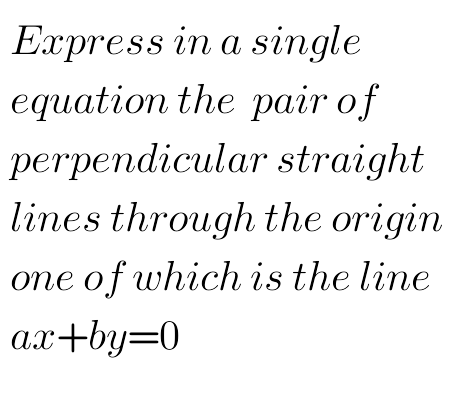
AllQuestion and Answers: Page 1555
Question Number 54995 Answers: 1 Comments: 3
$$\int\:\sqrt[{\mathrm{3}}]{{x}^{\mathrm{3}} +{x}^{\mathrm{2}} }\:{dx} \\ $$
Question Number 54992 Answers: 2 Comments: 0
Question Number 54991 Answers: 0 Comments: 3
Question Number 55014 Answers: 3 Comments: 0
Question Number 54983 Answers: 1 Comments: 2
Question Number 54975 Answers: 3 Comments: 0
Question Number 54972 Answers: 1 Comments: 0
Question Number 54971 Answers: 2 Comments: 0
Question Number 54970 Answers: 1 Comments: 0
Question Number 54969 Answers: 0 Comments: 0
Question Number 54968 Answers: 1 Comments: 0
Question Number 54967 Answers: 0 Comments: 2
Question Number 54966 Answers: 1 Comments: 3
Question Number 55071 Answers: 1 Comments: 0

Question Number 55072 Answers: 0 Comments: 1

Question Number 54963 Answers: 0 Comments: 0
Question Number 54962 Answers: 0 Comments: 0
Question Number 54955 Answers: 1 Comments: 0
Question Number 54953 Answers: 1 Comments: 1
Question Number 54952 Answers: 0 Comments: 1
Question Number 54948 Answers: 0 Comments: 1
Question Number 54944 Answers: 2 Comments: 1
Question Number 54939 Answers: 0 Comments: 3
Question Number 54938 Answers: 0 Comments: 1
Question Number 54937 Answers: 1 Comments: 0
Question Number 54936 Answers: 1 Comments: 1
Pg 1550 Pg 1551 Pg 1552 Pg 1553 Pg 1554 Pg 1555 Pg 1556 Pg 1557 Pg 1558 Pg 1559
